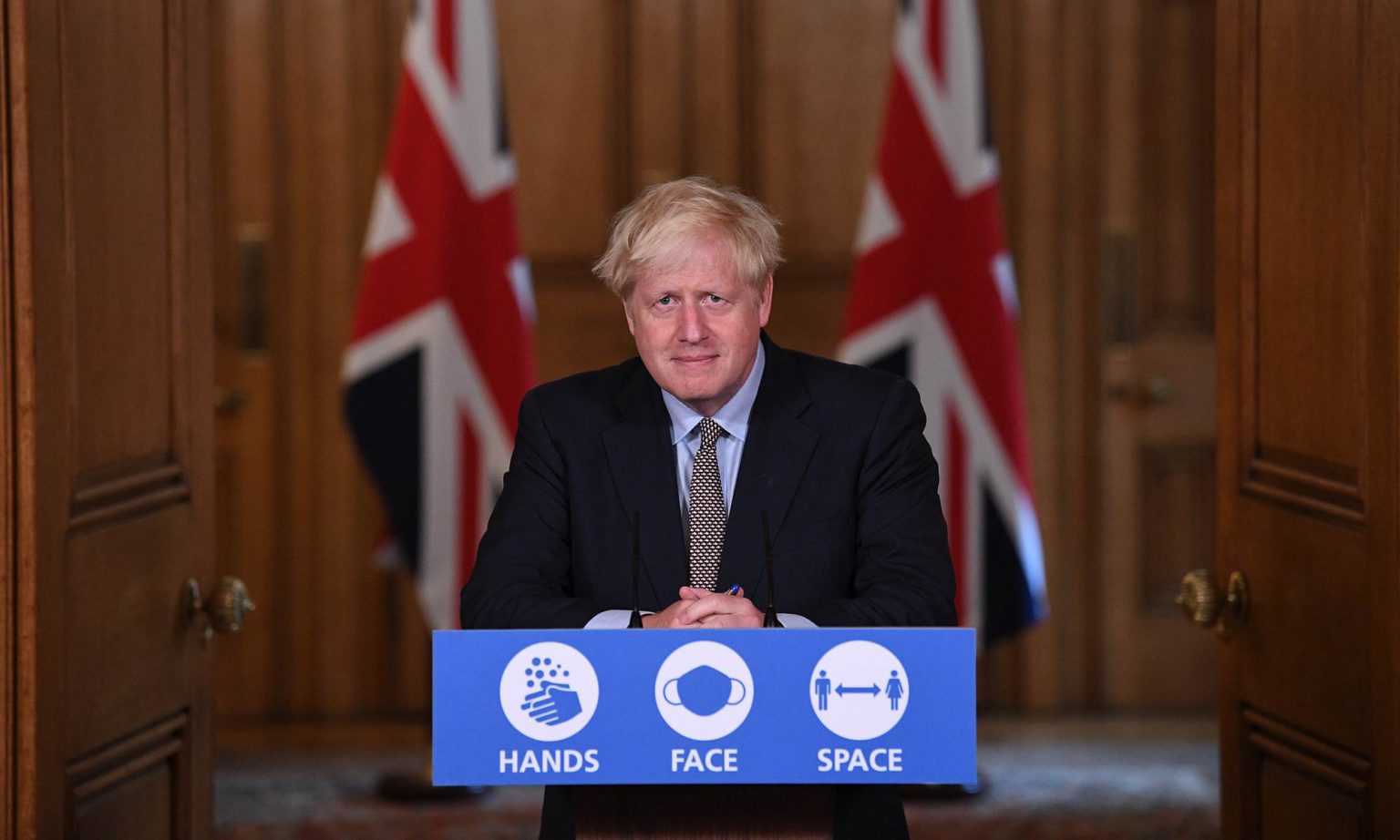
Long-read
The making of Britain’s Covid catastrophe
A witches' brew of weak leadership, scientific groupthink and the precautionary principle has caused our current crisis.
The way in which the British government decided to announce the latest set of restrictions on social life was something of a back-to-the-future moment. The chief medical officer and chief scientific officer were wheeled out to make dire predictions, paving the way for the prime minister to emerge from his bunker to tell us what we must do, based on the science, for our own safety.
The first time around, back in March, the tone felt about right. There was a lot we did not know about the virus, there were worrying pictures of what might be about to happen, and the idea of a short intense shutdown to prevent the NHS from being overwhelmed by a surge of serious cases seemed reasonable.
But a great deal has changed since then. We now know a lot about the virus and what it has been doing, and we know that the seriousness of the disease – in population terms – is much less than was originally feared. We know that the pictures we saw on our televisions were highly selected, in the way that disaster reporting usually is. We know that the extreme predictions of disaster that did so much to frighten people in March were based on catastrophist extrapolations of models with biologically naive assumptions, models that have been shown to be wrong many times before.
So this time the tone seemed wrong. The scientific talking heads again presented a one-sided, extreme version of what might be about to happen, untempered by even an acknowledgement of the many possible alternative interpretations of the data, and without deigning to take questions. Even more striking, the government’s idea of what it thinks it is trying to do, as presented by the prime minister, appears to have drastically shifted: from a short sharp shock to protect the NHS, to a one-size-fits-all, less intense but nevertheless highly damaging slowdown, intended to reduce case incidence in all ages, despite the disease severity varying over a thousand-fold (as we now know) between young and old.
The idea now seems to be to try to suppress the virus until the cavalry come galloping over the hill in the form of a vaccine, or possibly an antiviral drug. This Covid-control strategy apparently must be pursued at all costs, without even a cursory nod to the idea of a cost-benefit analysis which might weigh the benefits accrued by the policy against the damage caused to society along all the other axes of health, economics and lives worth living.
Why has there been this radical change in policy, which has not even been properly explained? The government can only get away with it by continuing to use emergency powers, thus necessitating maintenance of the idea that we are in an emergency. And unfortunately it is aided in this by two further underappreciated factors: the nature of scientific careers, and the infiltration of bureaucracies (including, and perhaps especially, those dominated by scientists) by what has become known as the precautionary principle.
Back in March there were elements in government worried that the public would not be sufficiently compliant with the measures that were thought necessary to fight what was then perceived as a potentially overwhelming pandemic. So they went in hard with a PsyOps approach, and decided to frighten everyone into submission.
PsyOps, or Psychological Operations, liked by military and intelligence agencies and hitherto mainly by governments of repressive states, describes procedures designed to deliver selected information to target audiences for the purposes of influencing their thoughts, emotions and behaviour. Think of it as a method of herding. It is rather depressing that Covid has been the trigger for liberal democracies around the world to decide that its use should become mainstream, with herding replacing critical debate.
After the initial frighteners, the government decided that we should come out from behind the sofa and start to resume normal life, but was worried that we would not comply with that, either. Opinion polls indicated that a majority were still fearful of going out, so a new PsyOps initiative was launched – quarantine to make us less fearful of foreign germs, and coercion on face coverings to make us feel safe to go shopping again. Yet blanket quarantine between nations with widely different infection rates in different regions makes no sense, and there is no good evidence either to suggest that wearing facemasks in public is effective, or that they make people feel safer. In fact, the contrary may be true: compulsion is unsettling, and face masks everywhere make many feel that there is still serious danger. Anyway, it doesn’t matter because the government has now decided to side with the catastrophists again and wants us to go out less, so doubling down on that particular PsyOp (and doubling up on the fines) may be helpful for this week’s policy.
But surely we can rely on the scientists? After all science is what allows us to distinguish something near the truth from general arm-waving. Unfortunately, science is different from scientists, and following ‘the science’ is very different from following one group of scientists.
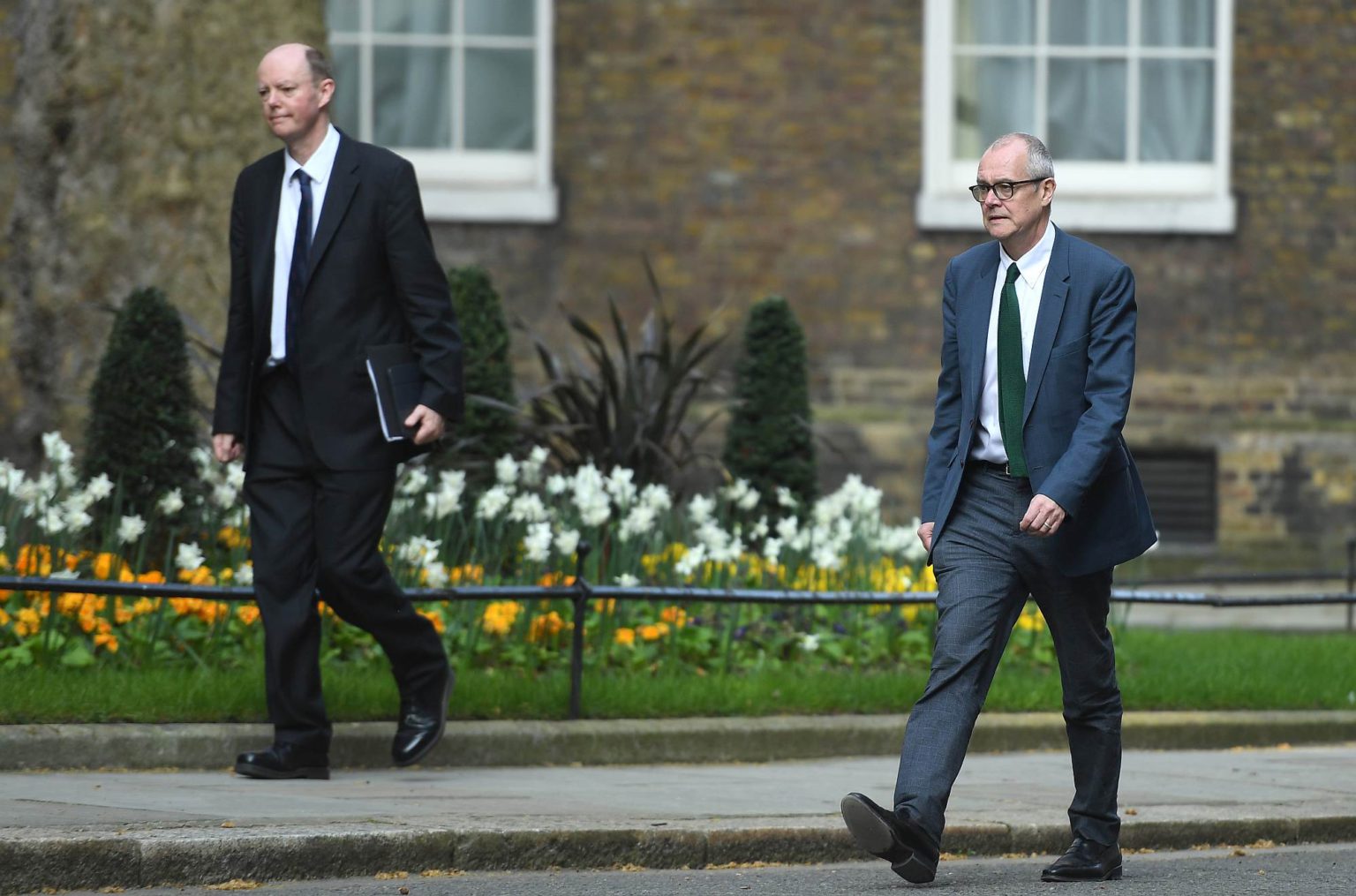
Science works best when everything is examined critically, not when there is unquestioning acceptance of just one narrative. When that happens, a particular paradigm has captured a field, and that usually results in errors and slow progress. Good science challenges every assumption, rigorously examines every self-evident conclusion for flaws, and scrutinises every consequence that follows from those conclusions for unintended wider effects that may neutralise (or even negate) their validity.
It is clearly not what has been happening during the Covid crisis, which has been remarkable for the almost complete absence of doubt expressed by government advisers, and the complete lack of alternative perspectives or interpretations aired in public, even if it were only to dismiss them. This may reflect the baleful influence of PsyOps again, or it may be that some in the fields of epidemiology, infectious diseases and public health sense an opportunity.
It is natural for academics to believe in their work, and for them to often over-emphasise its significance. As I have noted elsewhere, academics often have extremely complicated and impressively detailed ways of getting things completely wrong. On the whole they are not, I would suggest, people to be trusted with public policy.
My 30 years of working in academic environments, as both a scientist and a clinical academic, tell me this: a scientist’s career objective is to big up his subject, which increases his personal likelihood of gaining grants, influence and promotion. Scientists focus on narrow topics, often almost to the exclusion of everything else. Perspective is rarely a strong point. The more their subject is in the public eye, preferably centre stage, the better it is from a career point of view. Any crisis is, I’m afraid, a career opportunity for some. Unbiased, agenda-free, selfless public service is not, I believe, a key feature of academic life, nor is there any real reason to expect it to be.
The management of the Covid ‘crisis’ – a crisis substantially caused by the very management itself – has all the hallmarks of government being advised by a group of experts in the limelight, in thrall to groupthink, and with far too cosy a consensus to do effective science.
And one of the groupthink ideas that has progressively infected both political and scientific advisory committee thinking over the past 40 years or so, but which is generally under-appreciated, is the dangerous and anti-scientific precautionary principle. This is sometimes known as the ‘better safe than sorry principle’, which would be great if only it were true.
The precautionary principle doesn’t have a universally agreed definition, but it essentially states that if something raises threats of harm to human health or the environment, then precautionary measures should be taken, even without sure scientific knowledge of the cause or extent of the threat, and without assessment of the harm caused by the actions taken. It’s worth reading that again. You can see how well it fits the response to coronavirus.
Yet this approach is both self-contradictory and anti-scientific. Self-contradictory because un-assessed precautionary actions may cause more harms than the uncertain threat being faced: for example, forcing hospitals to discharge elderly patients to care homes, or forcing people to stay at home where they spread the virus more effectively in crowded conditions than if they were out and about. And anti-scientific because the principle casually denies that a scientific approach is the only way we really know anything for sure.
It is worth seeing how a certain type of mindset tries to translate the precautionary principle into practice. This is from a recent review advocating the widespread wearing of face masks:
‘UNESCO states that “when human activities may lead to morally unacceptable harm that is scientifically plausible but uncertain, actions shall be taken to avoid or diminish that harm”. This is known as the “precautionary principle”… The loss of life and economic destruction that has been seen already from Covid-19 is a “morally unacceptable harm”. The positive impact of public mask-wearing on this is “scientifically plausible but uncertain”… [W]hile researchers may reasonably disagree on the magnitude of transmissibility reduction and compliance, seemingly modest benefits can be massively beneficial in the aggregate due to the exponential character of the transmission process. Therefore, the action of ensuring widespread use of masks in the community should be taken, based on this principle.’
So, given that one thing is harmful, therefore something else that is uncertain should be implemented. Note that uncertainty in the usefulness of the intervention is dismissed with an appeal to modelling (‘the exponential character of the transmission process’) – sound familiar?
This is a dangerous road to take. Wearing face masks is a relatively minor, if annoying, inconvenience – whether you believe they may do some good, or should be introduced for PsyOps purposes, or (my view) should not be mandated at all. But, as we have been experiencing, it is a small step from small things to the infringement of many liberties that we thought inalienable. Students in Scotland, for example, have just been told who they may or may not socialise with, and where they may or may not go in their spare time. Such interference in personal liberties is shocking, discriminatory and grossly disproportionate to the risk faced.
Covid-19 is clearly a harm – though, when all-cause mortality is corrected for population, a harm well within the envelope of seven other years within the last 27 (the limit of Office for National Statistics online data). But to introduce drastic measures, without understanding the virus and without any advance assessment of the impacts of the measures, is both irrational and hazardous, as we are increasingly discovering.
The excessive risk-aversion enshrined in the precautionary principle encourages governments to base their policies on worst-case scenarios. Very often in the early phases of this epidemic I heard people say something along the lines of: ‘Well, if it’s as bad as it seems, we’ll be glad we did this, and if not, no harm done.’ But ‘better safe than sorry’ is not necessarily true unless you have good handles on what you mean by both ‘safe’ and ‘sorry’. Sorry has a cost, but so indeed does safe. The question is: what are their relative merits?
We do not, in a normal year, base public policy on ‘worst-case scenarios’. Think about the Cold War, or terrorism. Or think about the possibility of a large meteorite strike – on a 50million-year timescale the biggest killer of all, and in fact virtually certain to happen again. If we chose policy that way we would all live in burrows and never come out.
One can see the dilemma that public administrators face when the possibility of a threat is raised. What should they do? Nothing, something, or everything? There will certainly be voices clamouring for all these options. The key question is what constitutes proportionate action in the face of uncertainty? Risk assessments must include the consequences of something happening, how likely they are, and the consequences of our responses. But surely there is an argument that we should have reasoned confidence in overall excess harm before we embark on, and then maintain, radical courses of action for an uncertain threat?
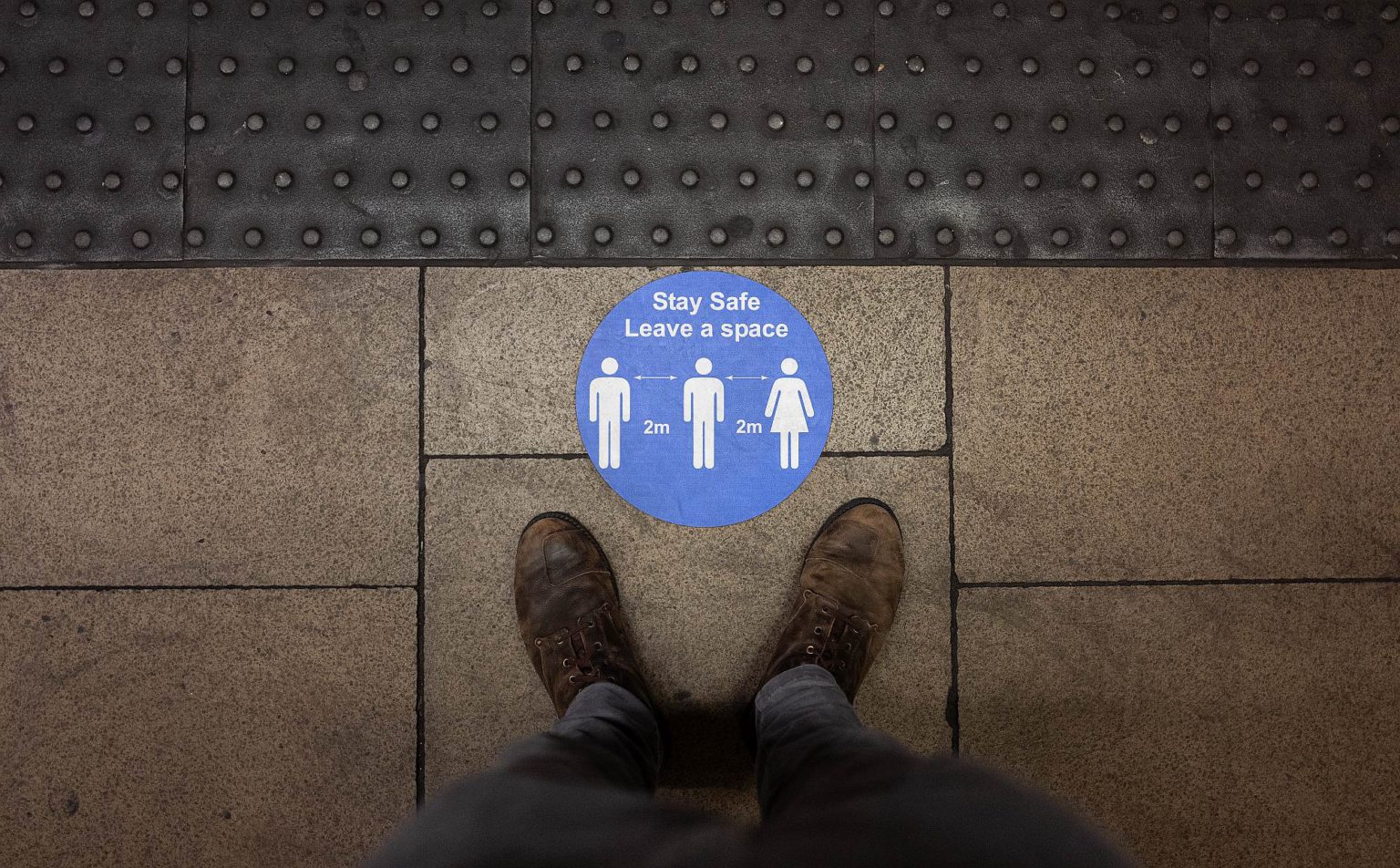
Rational initial actions for coronavirus included ‘wait and see’, and ‘recommend (though not compel) self-isolation and shielding for vulnerable groups’, both of which were tried for a time. Compulsion is only justifiable when a threat is such that the fabric of society is otherwise threatened. The trouble is that extreme predictions carry more visibility, catastrophists always shout loudest, and they also have the precautionary principle on their side. From there it is but a small step to PsyOps, to make sure we all subsequently see things in the right light.
I suppose I must be an optimist at heart, because I do believe that we can do much better than we have done over the past six months. There is knowledge and understanding of how to deal with limited or imperfect information. In fact, we all do it all the time: should I buy a new car, how much should I save, should I get married… ? An excellent summary of much modern thinking on the issue is Radical Uncertainty: Decision-Making for an Unknowable Future, by John Kay and Mervyn King, published just before the pandemic. The authors cannot have known how timely their book would be.
Dealing with uncertainty boils down to a willingness to be measured and to address unknowns steadily. There are known unknowns – things that matter, that you are aware of, but don’t have enough data to grasp fully (for example, in the current epidemic, infection rates in the community). And there are unknown unknowns – things that matter, and will perhaps massively affect outcomes (such as the increasingly recognised pre-existing T cell immune responses to Covid-19), but that aren’t even on the radar when an issue first arises.
The first group can be addressed by investing in appropriate resources, while actively learning from others in similar or different situations. The second by actively encouraging different teams, with different approaches and philosophies, to investigate the problem. Somewhere in the ferment of scientific competition someone may well come up with something important.
The contrast with what we have been witnessing is only too apparent. Why did it take until this week for the government to speak to the epidemiologist who has spearheaded Sweden’s approach, or to scientists with a different view outside the government’s favoured few? One would like to believe it is because the government is waking up to the fact that diverse views matter, though the cynic might suggest it is merely window dressing so they can claim to be ‘listening’ while making no effort to improve their understanding or change course.
What we urgently need is the political will to incorporate rational approaches to uncertainty into government. That requires investment in people with the necessary skills, and willingness to lead the population rationally rather than slavishly follow opinion polls (as if opinion polls were ever a method by which you can reach objective truths about difficult subjects). It requires ditching the precautionary principle in favour of reasoned argument. And that means clearly explaining, in a grown-up way, what is being done (or not done) and why, to a public which is educated, interested and willing to learn – three things that in my experience are universally underestimated by both politicians and professionals in 21st-century Britain.
And in the end, will the government’s Covid control strategy work? I don’t think it will. The history of trying to find a coronavirus vaccine is one of failure. And it seems likely that even if a vaccine is found it will rapidly lose efficacy when deployed on a population basis as the new selective pressure causes the virus to mutate away from control.
The correct course, visible for months, is to let people go about their lives normally in their own way, while advising the elderly and infirm of the risks, but letting them make their own decisions about what makes life worth living for them. The level of risk to the population is much lower than that which, in a truly liberal democracy, can justify compulsion on any reasonable assessment. Our institutional response to this crisis is deeply dysfunctional. It is not, surely, a role of government to tell us who we can hug.
We will have to learn to live with this virus. We may in fact already be quite close to collective immunity, and anyway that is where we are going to end up whatever we do. But in the meantime it is a tragedy that the witch’s brew has led to well-meaning but excessive actions by government, causing totally avoidable harm. Bold leaders often have to take difficult decisions. In this crisis boldness will require breaking the spell, and will consist in letting normal life resume, not in increasing restrictions.
Dr John Lee is a former professor of pathology and NHS consultant pathologist.
Pictures by: Getty.
To enquire about republishing spiked’s content, a right to reply or to request a correction, please contact the managing editor, Viv Regan.





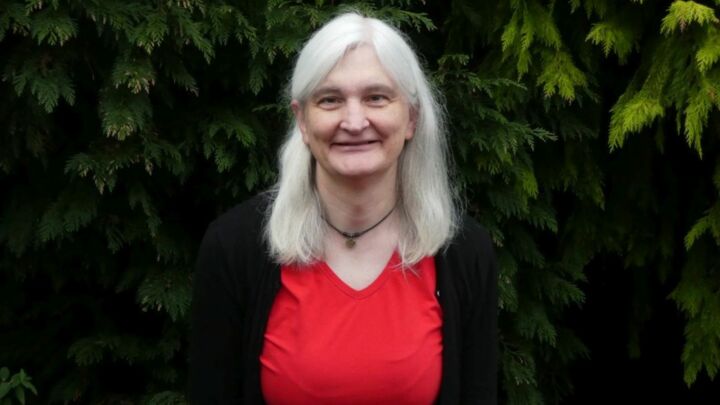
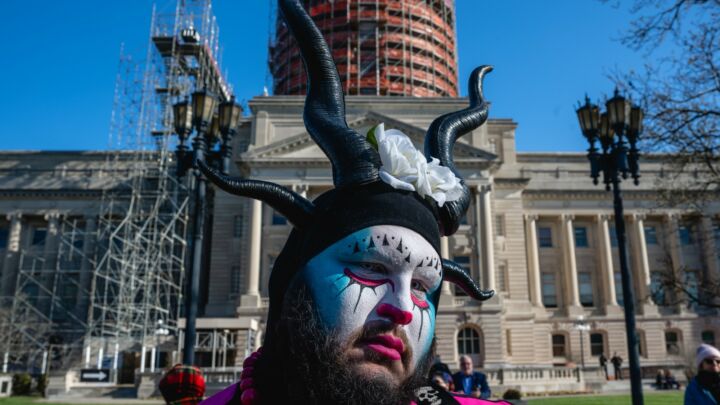

Comments
Want to join the conversation?
Only spiked supporters and patrons, who donate regularly to us, can comment on our articles.